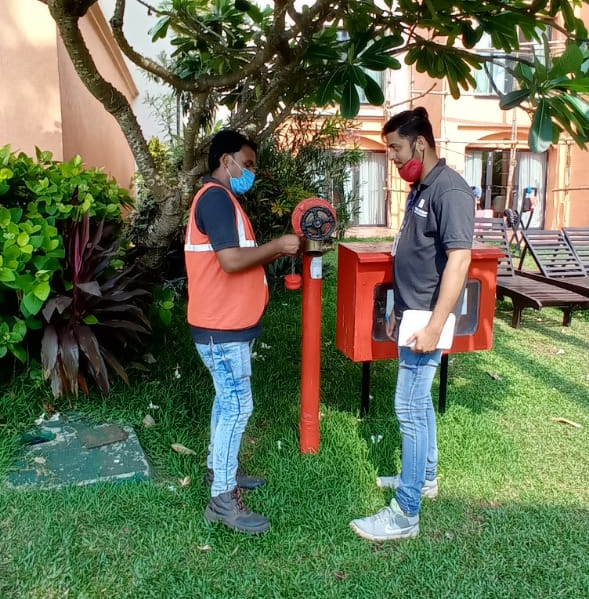p
r
i
s
m
g
r
o
u
p
Emergency Call


Leave a Comment